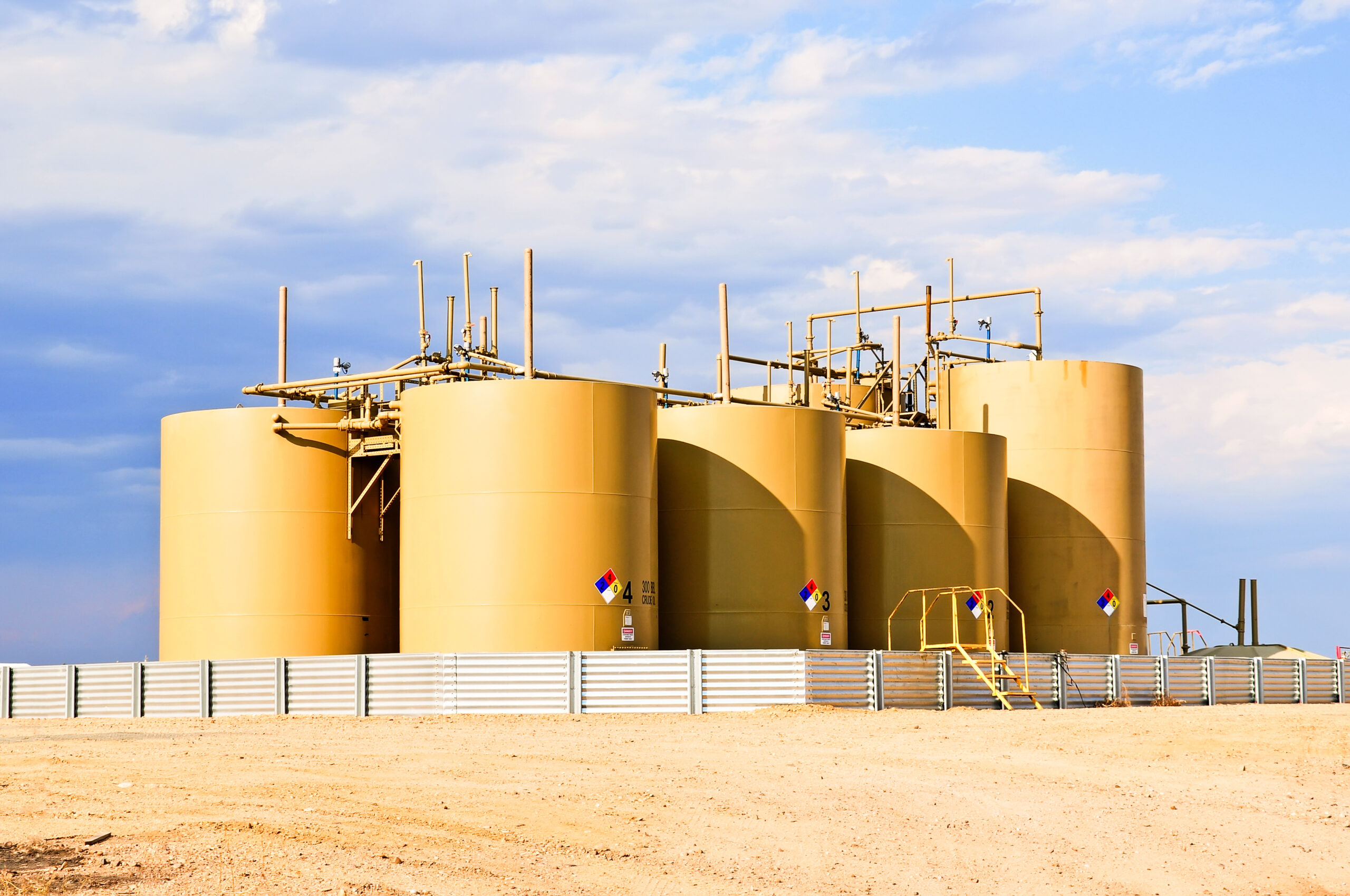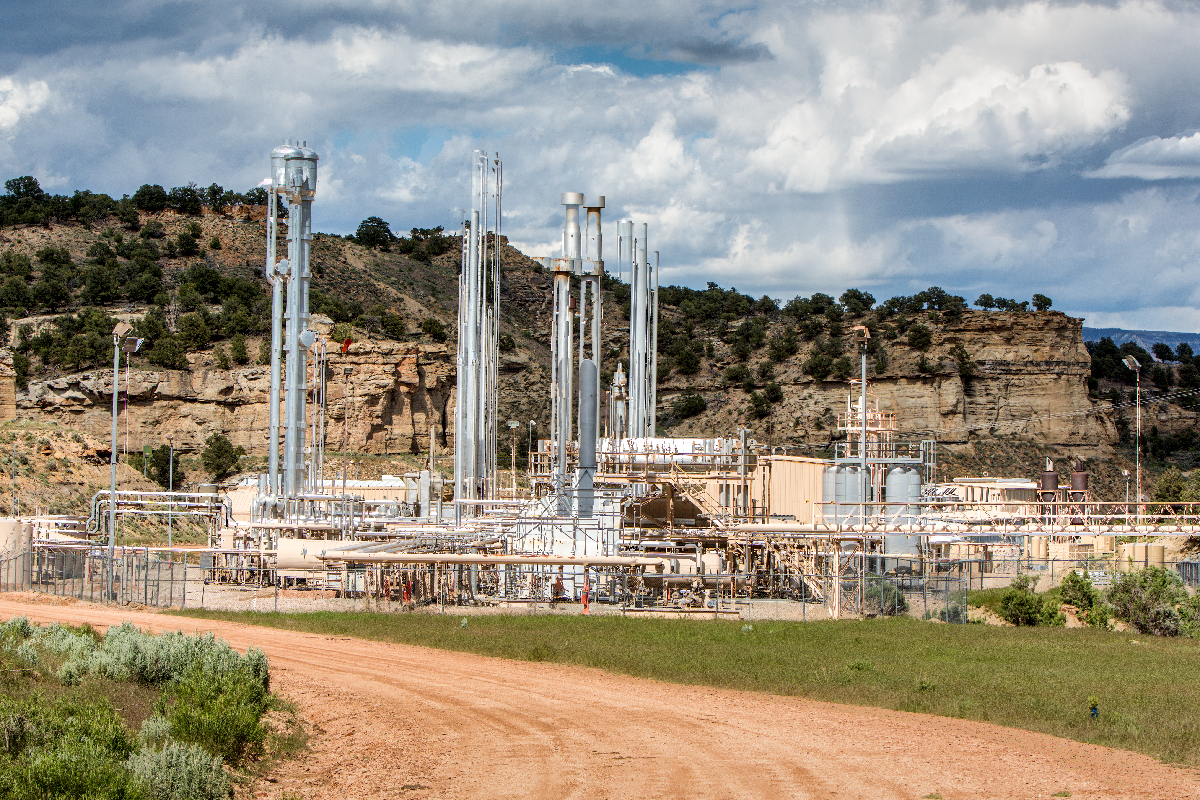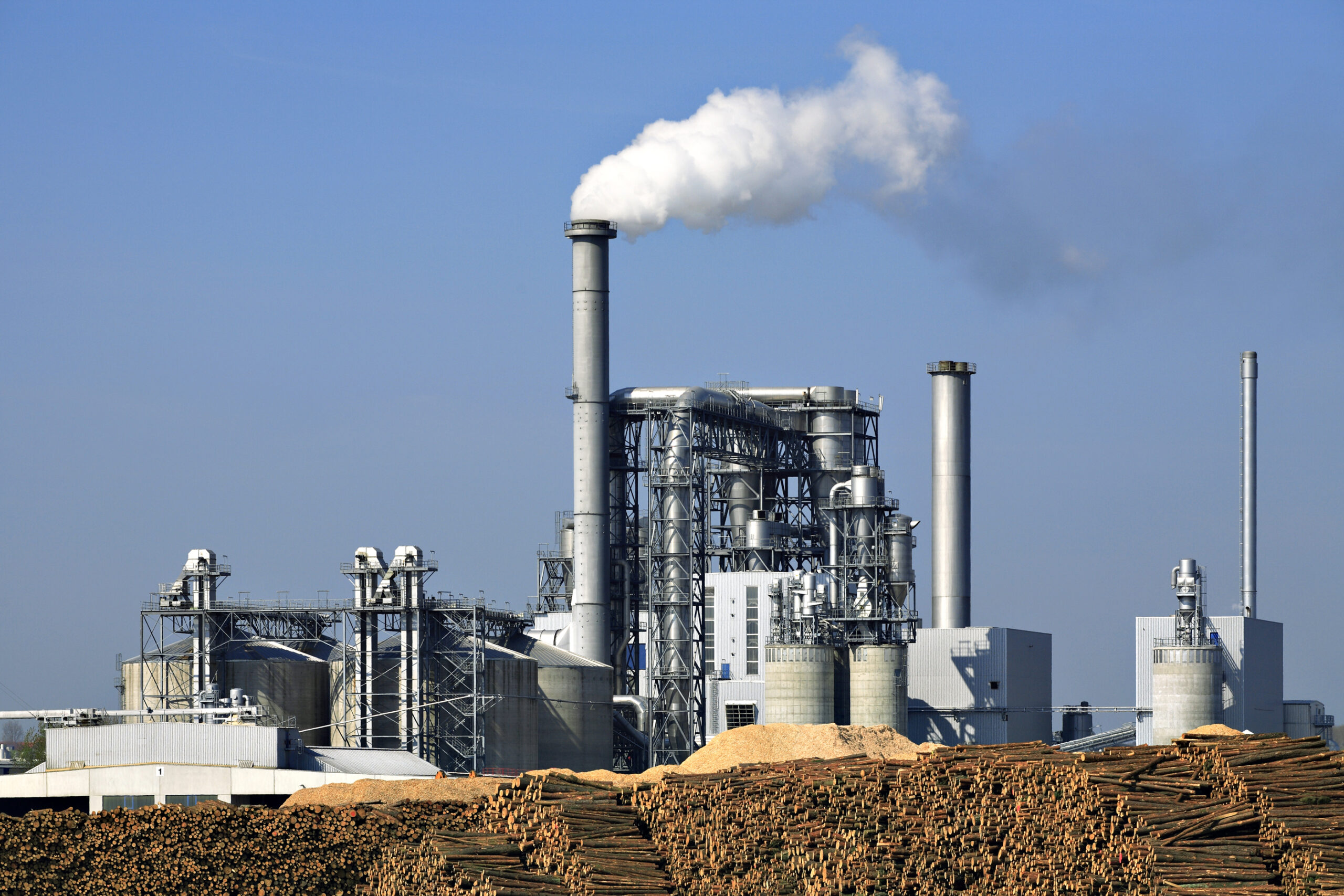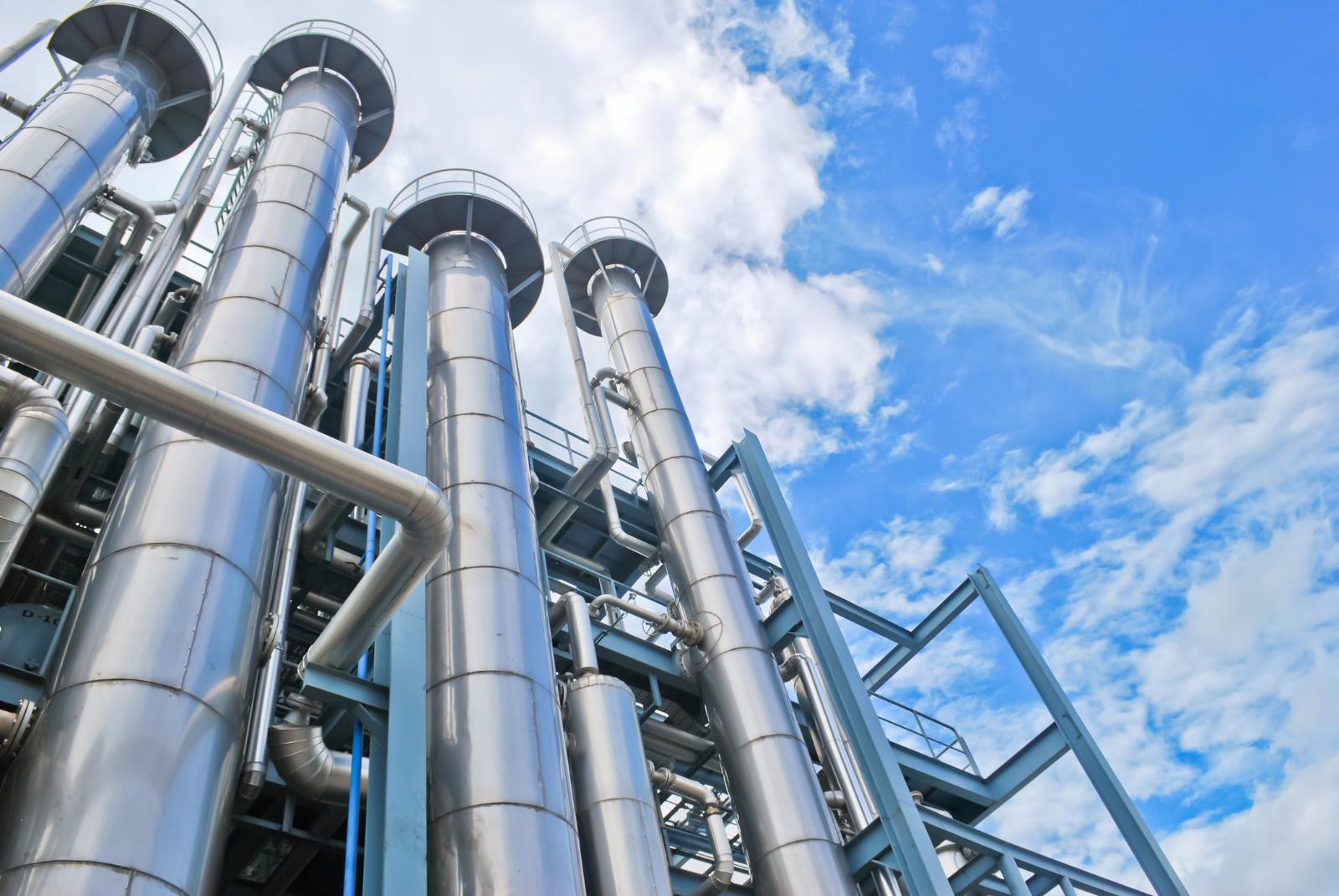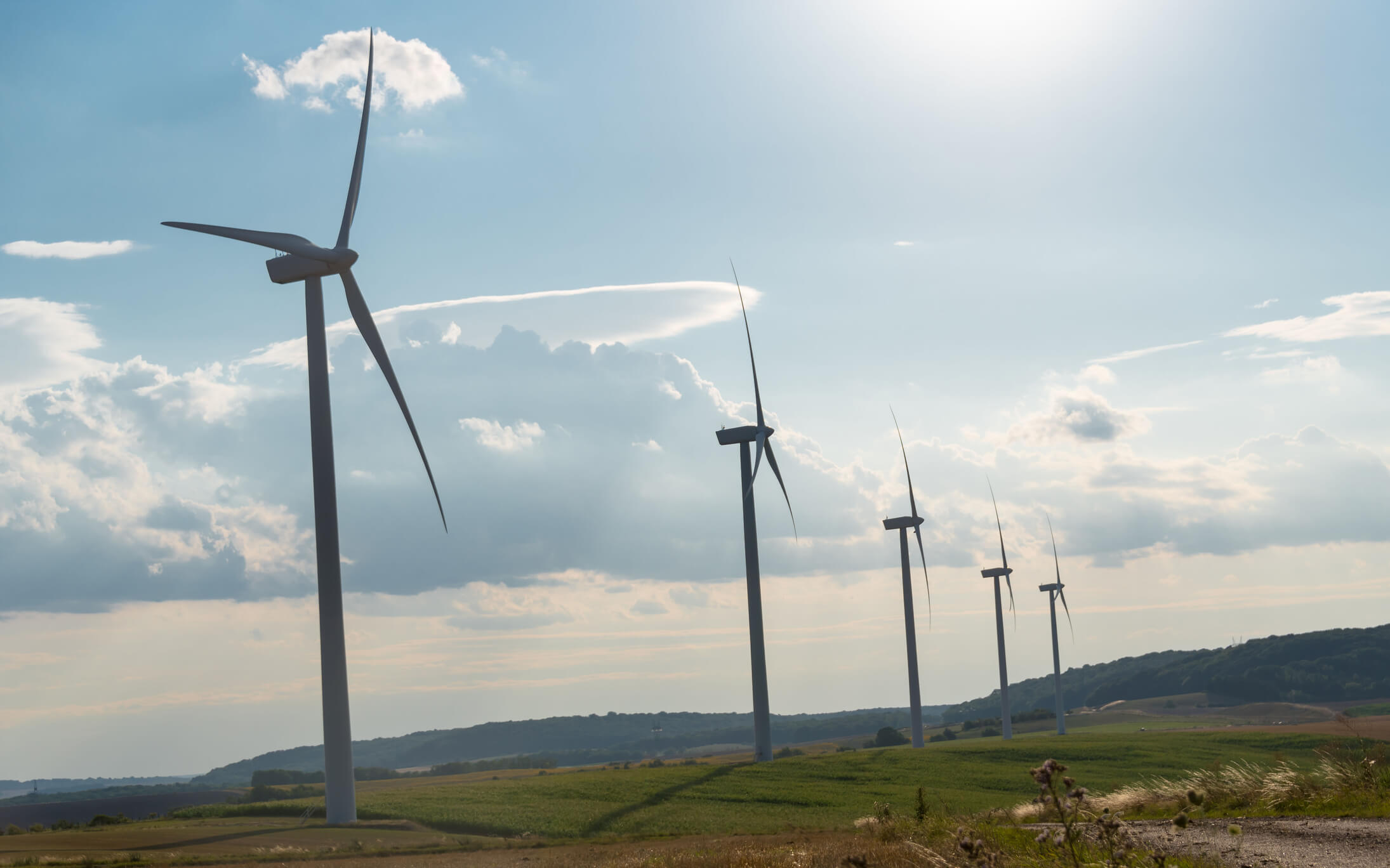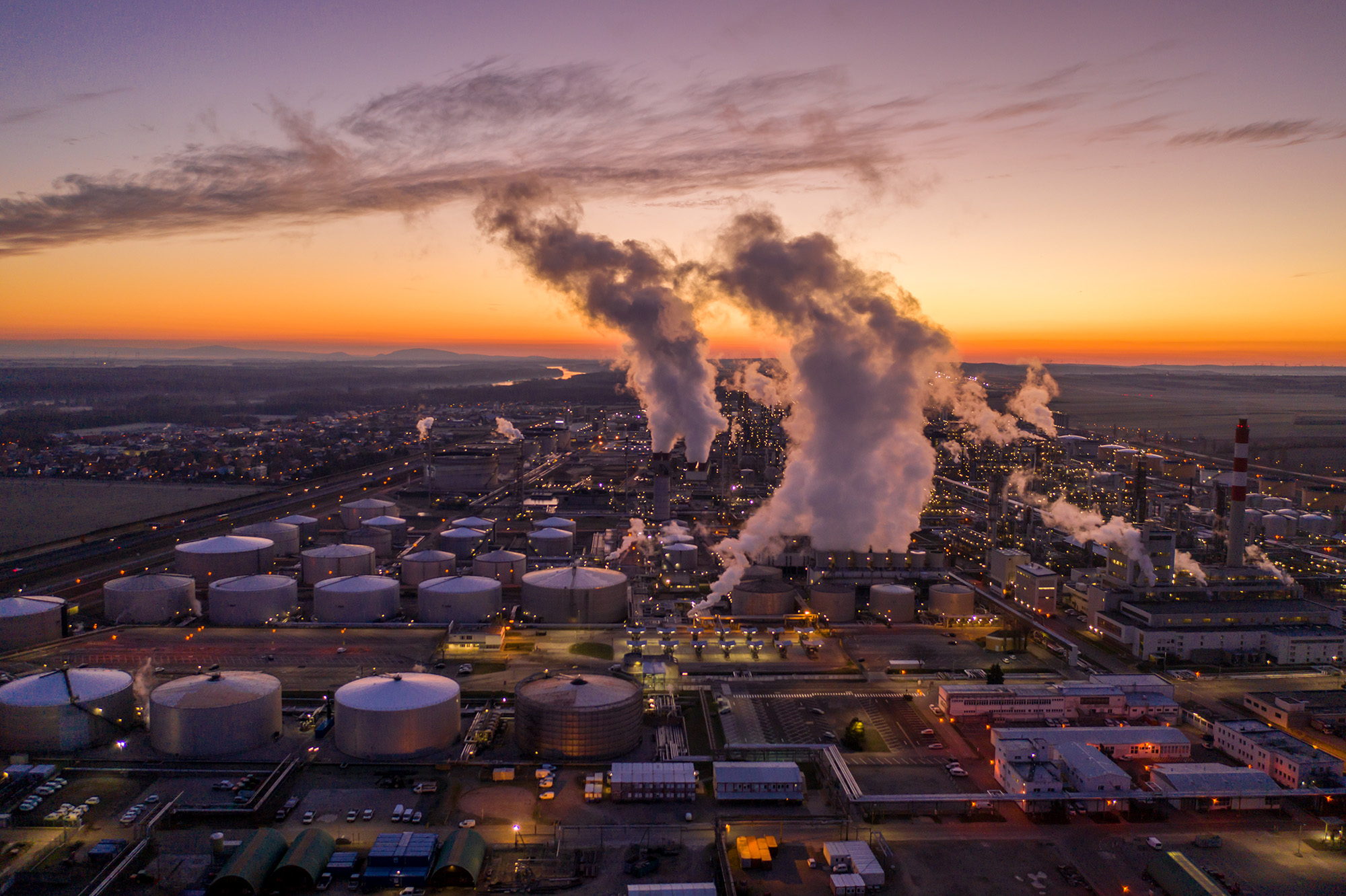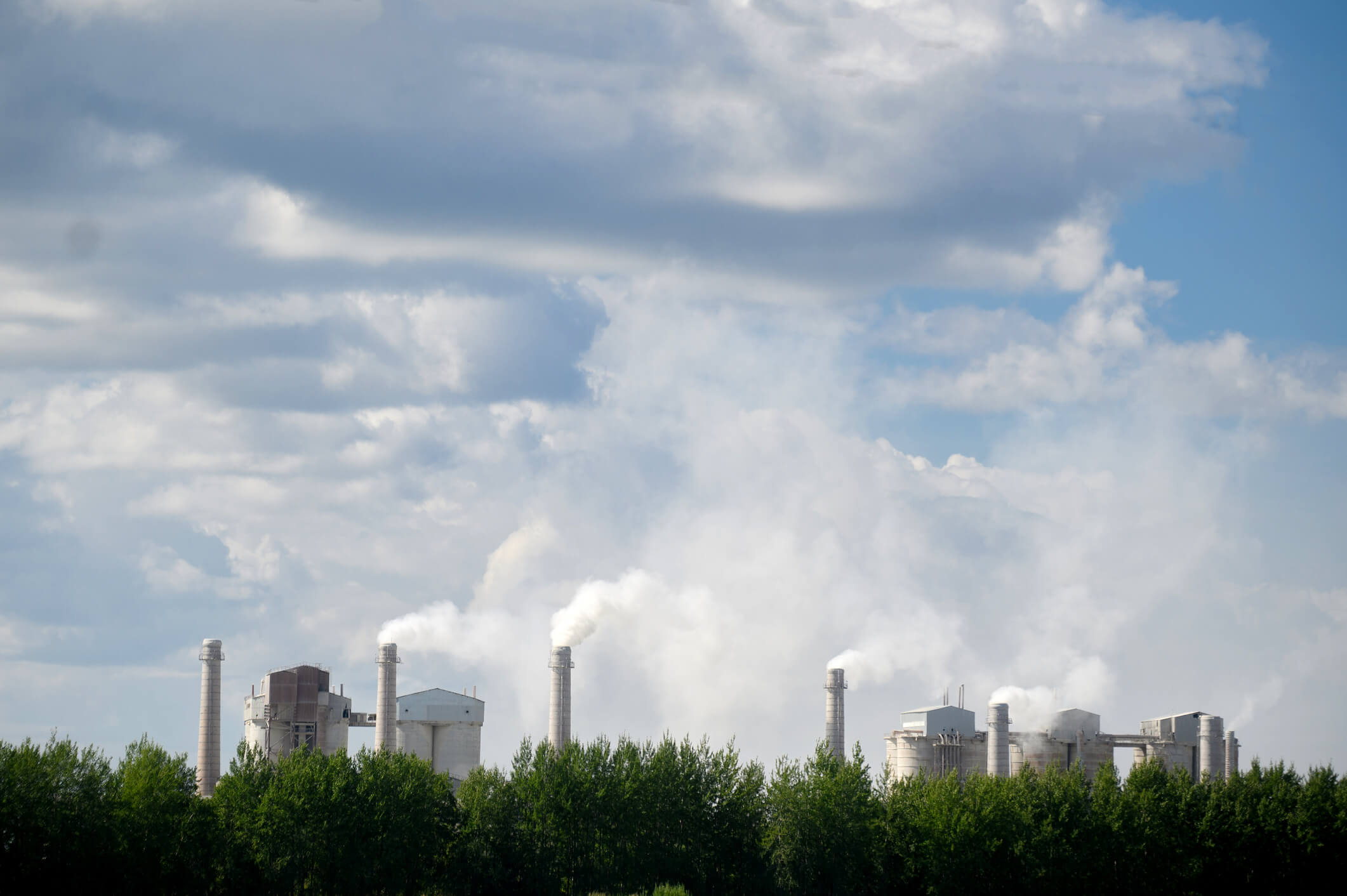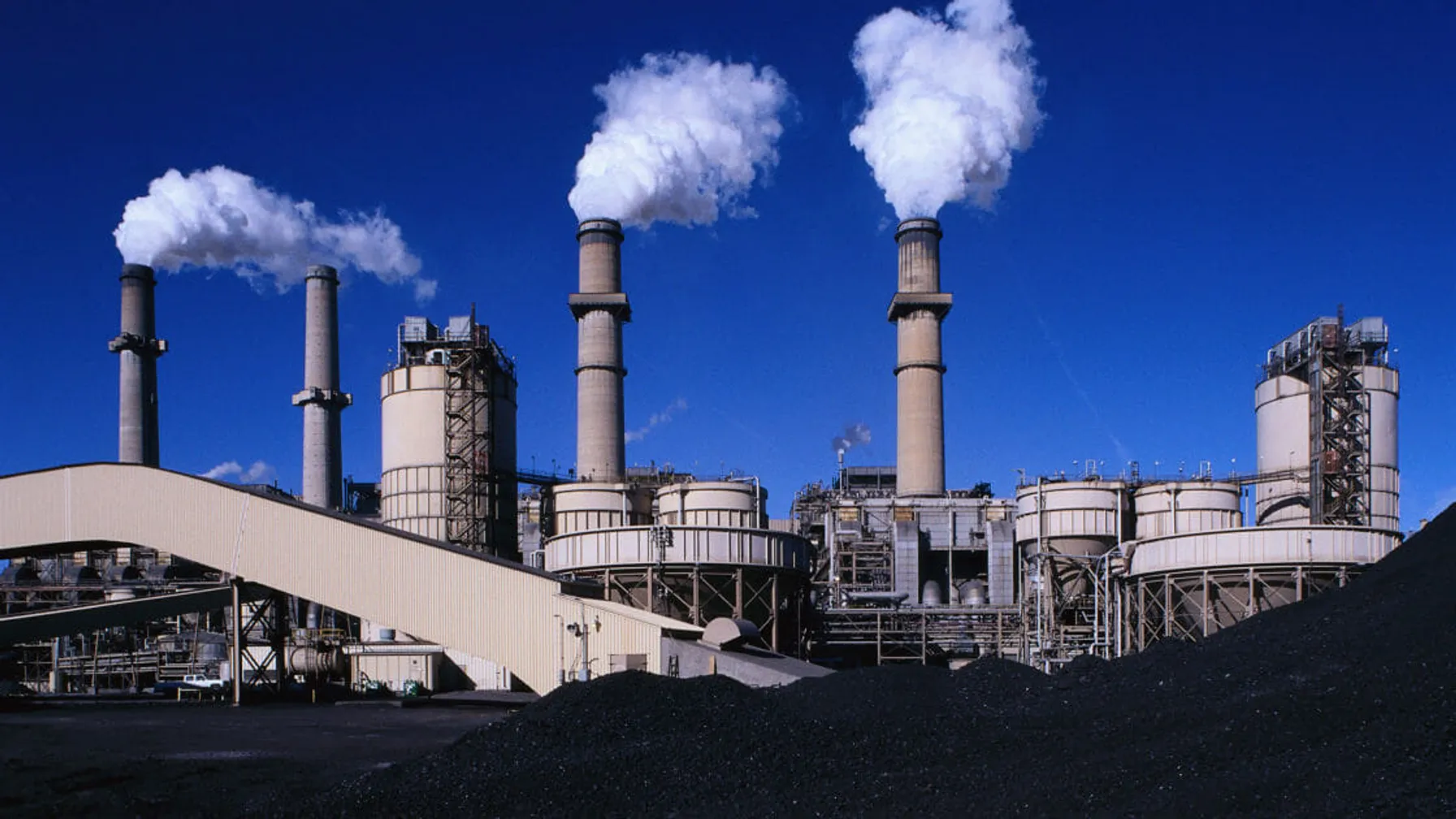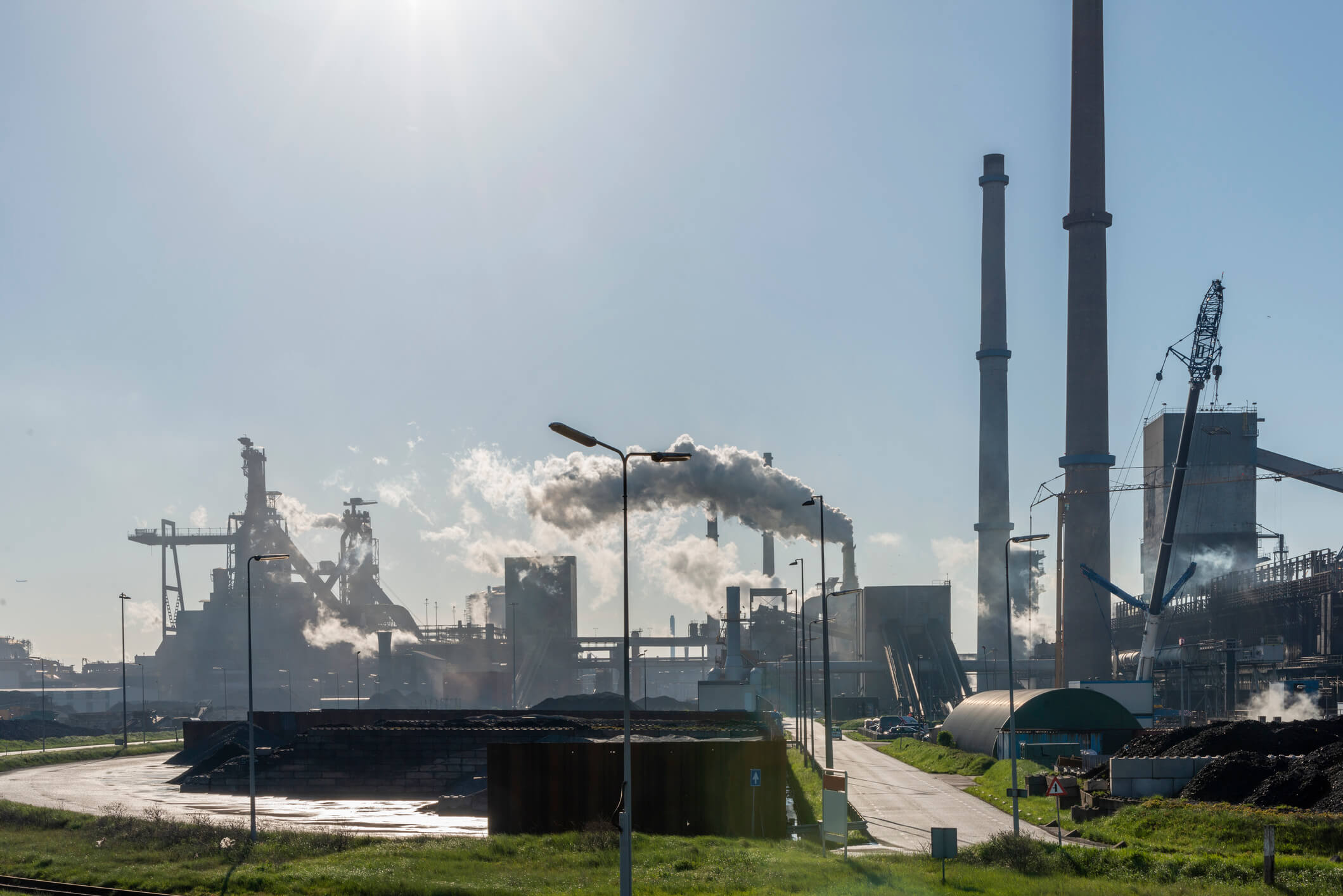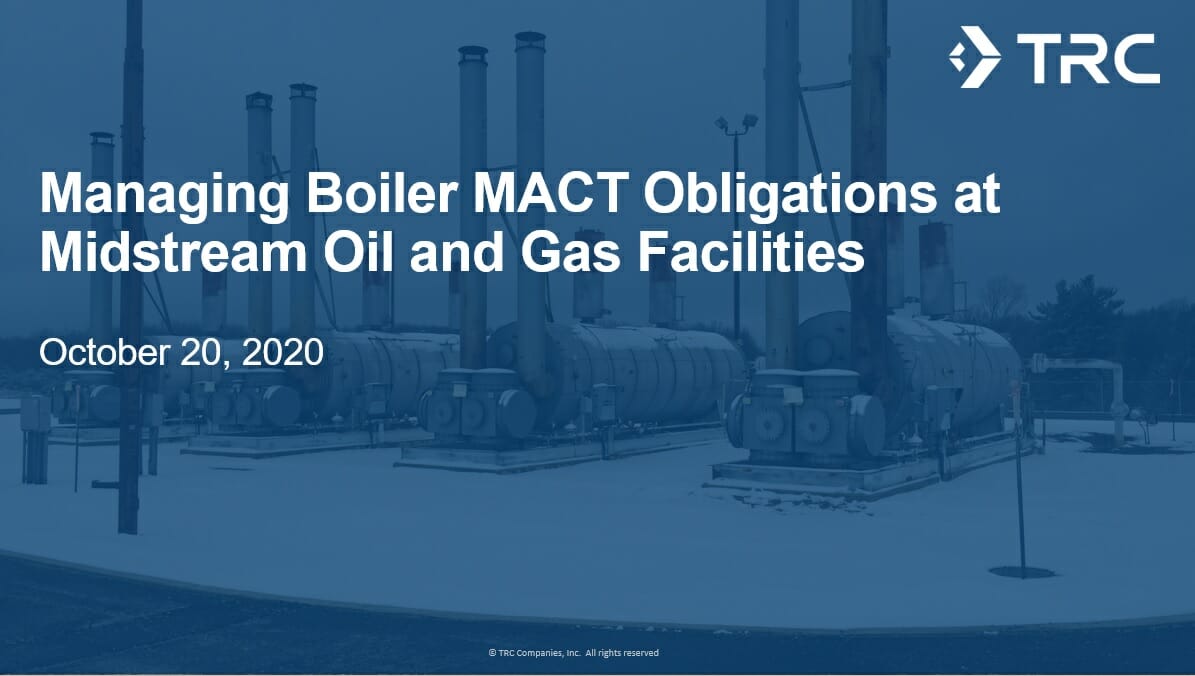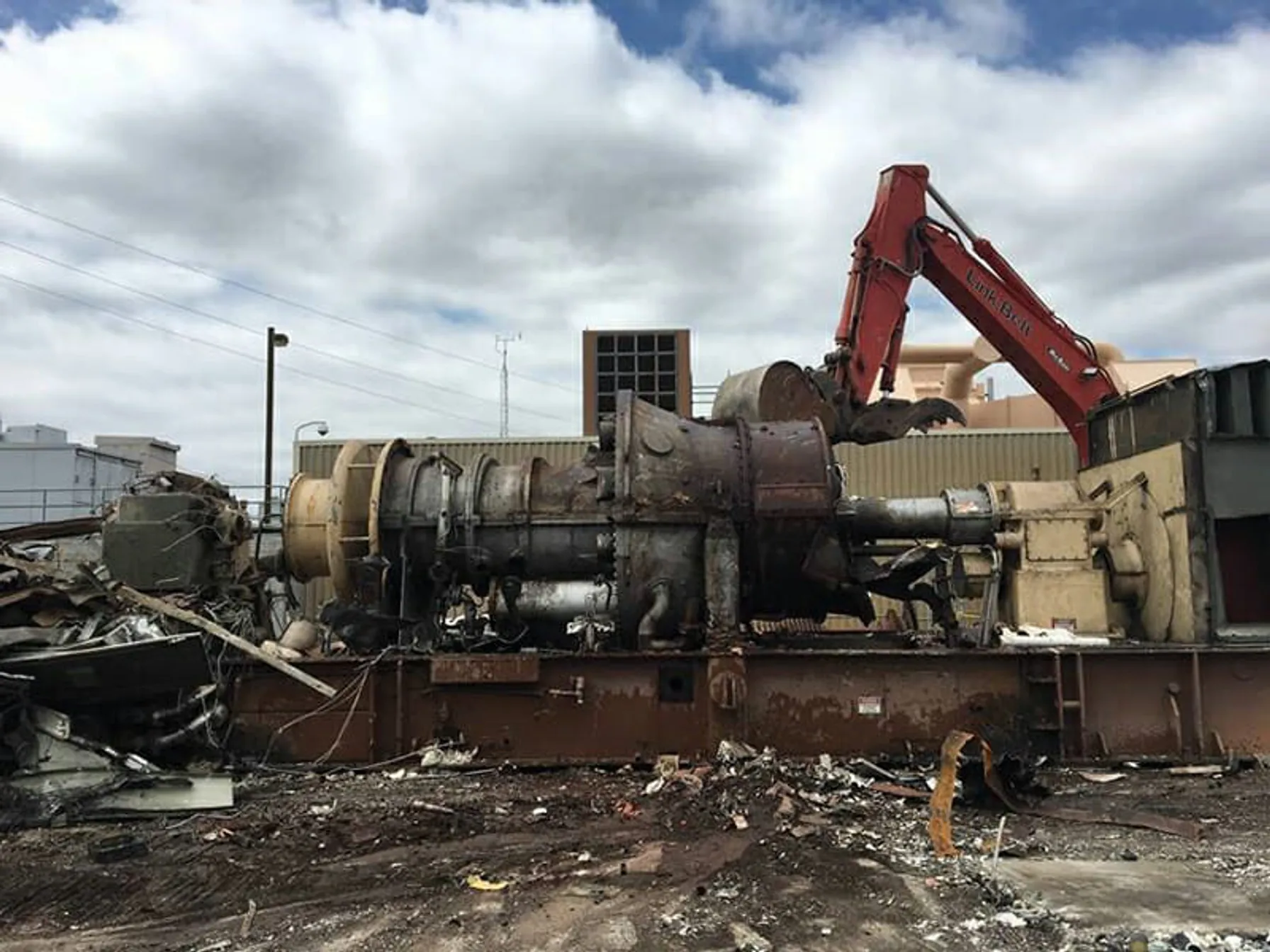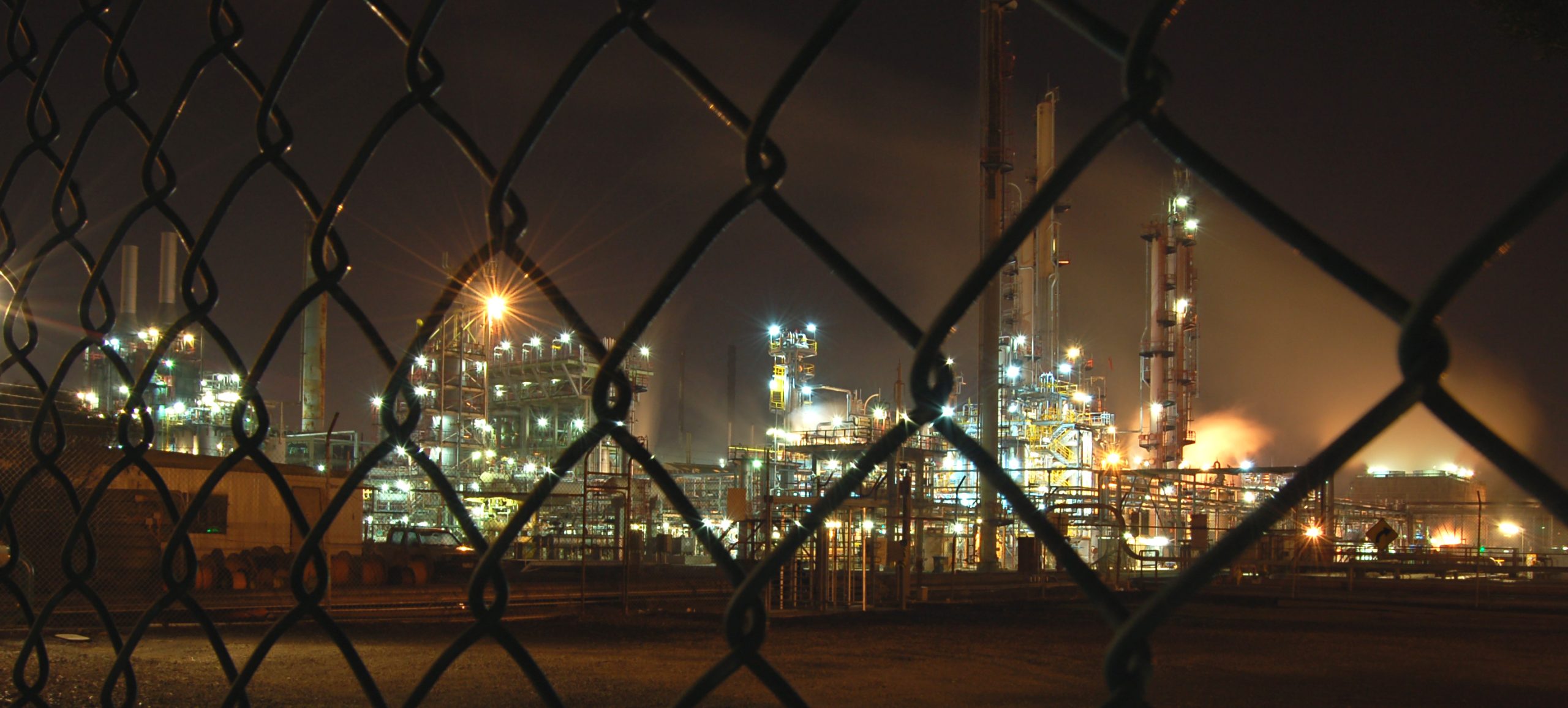Escalating Challenges for Fossil Fuel Power Generation
To meet President Biden’s commitment to reduce global warming emissions by 2035, the EPA has proposed rules to regulate greenhouse gas emissions from fossil fueled power plants that are based on carbon capture and sequestration (CCS) and hydrogen cofiring. The proposed regulatory action was published in the Federal Register on May 23, 2023 and the comment period has been extended to August 8, 2023.
Requirements under the proposed rules apply once promulgated to affected facilities that begin construction or reconstruction after May 23, 2023. This may have the effect of essentially banning major new coal and oil-fired power plants.
Related Services
Rule Overview
The EPA is proposing actions under section 111 of the Clean Air Act (CAA) to establish new protective New Source Performance Standard (NSPS) for greenhouse gas (GHG) emissions from new and reconstructed fossil fuel-fired stationary combustion turbine electric generating units (EGUs). The proposed regulations push forward requirements for highly efficient generating practices, hydrogen co-firing and carbon capture and sequestration (CCS).
The five main components of the proposed rule are:
- Revised NSPS for GHG emissions from new fossil fuel-fired stationary combustion turbine EGUs.
- Revised NSPS for GHG emissions from fossil fuel-fired steam generating units that undertake a large modification.
- Emission Guidelines for GHG emissions from existing fossil fuel-fired steam generating EGUs, which include both coal-fired and oil/gas-fired steam generating EGUs.
- Emission Guidelines for GHG emissions from the largest, most frequently operated existing stationary combustion turbines.
Note: These Emission Guidelines will eventually provide the basis for existing source GHG emission limits that are issued by each state and approved by EPA.
5. Repeal the Affordable Clean Energy (ACE) Rule.
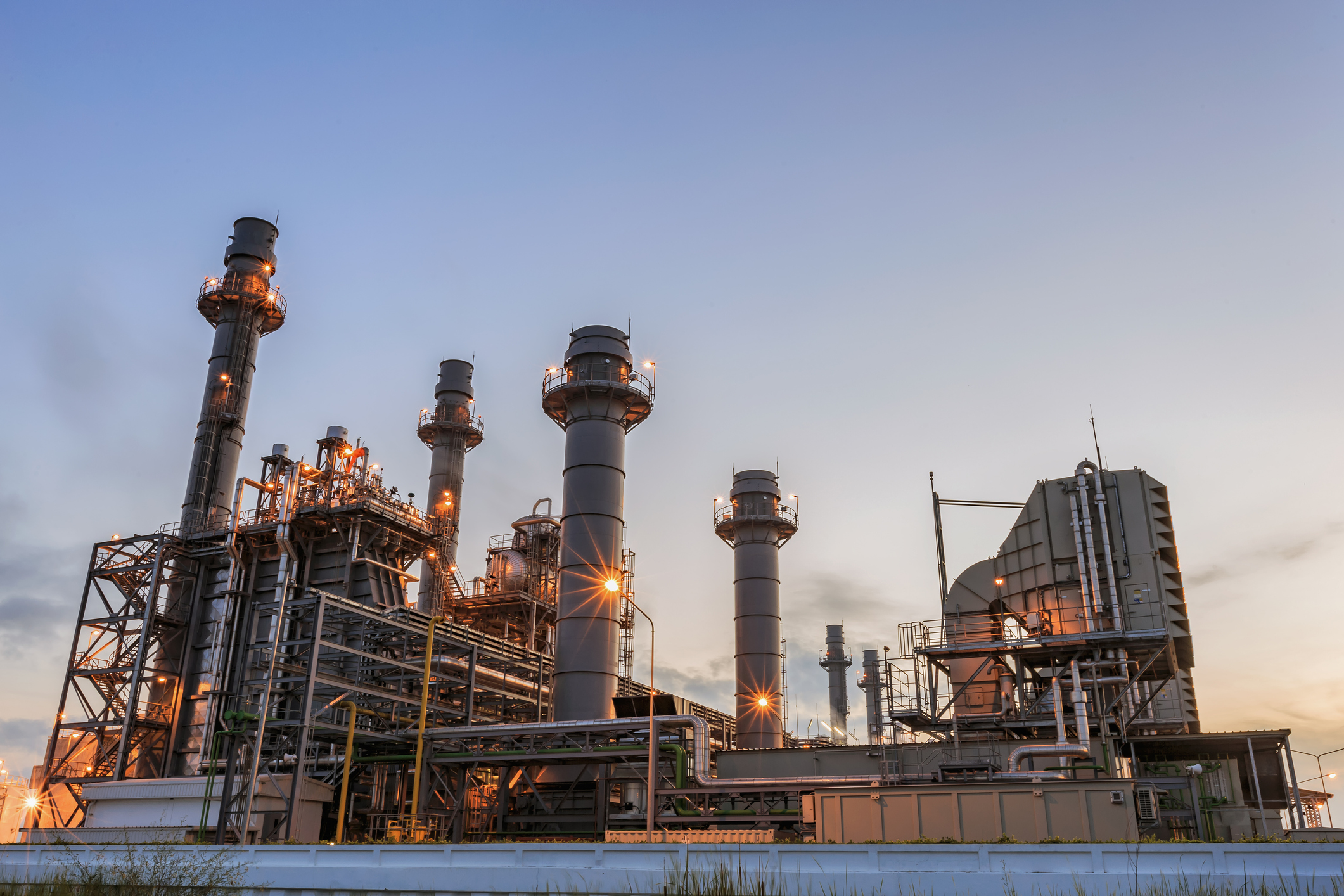
NSPS for Combustion Turbines
For the first time, EPA is proposing limits for CO2 emissions from combustion turbines fired with gas or oil. New or modified combustion turbines are divided into three groups with different requirements. They are:
- Low Load (peakers with >20% capacity factor): These would have to meet “highly efficient” emission limits of 120-160 pounds CO2 per MMBTU heat input depending on fuel used.
- Intermediate Load (20% to ~50% capacity factor): These units will have to meet “highly efficient” emission limits of 1,150 pounds CO2 per MWhr-gross heat input until 2032 when the limit drops to 1,000 pounds per MWhr-gross by co-firing with hydrogen. Any new unit built between now and 2032 would have to commit to using hydrogen in 2032.
- Base Load (>50% capacity factor): These units would have to meet “highly efficient” emission limits of 770 pound of CO2 per MW hour-gross, commit to 30% hydrogen co-firing by 2032 and 96% co-firing with hydrogen by 2038 or commit to carbon capture and sequestration (CCS) by 2035. CCS has never been tried on combustion turbines.
NSPS for Existing Power Plants
Existing fossil fuel fired power plants will be subject to increased emission limitations managed by the states in which they operate. The states have two years to come up with plans for each of the affected units.
- Coal-Fired: Within two years, agree with authority having jurisdiction (AHJ) to one of the following options.
- Option 1: Commit to close by 2032.
- Option 2: Commit to close by 2035 and operate with a capacity factor of 20% after 2032.
- Option 3: Commit to close by 2040 and co-fire 40% with natural gas by 2030.
- Option 4: Use CCS by 2030 and collect 90% of CO2 and operate beyond 2039.
- Natural Gas and Oil-Fired Boilers: Within two years, agree with the state (typically the AHJ) to operate with no increase in emission rate.
- Natural Gas Combustion Turbines greater than 300 MW and greater than a 50% capacity factor: Within two years, agree with the AHJ to one of the following options.
- Option 1: Commit to CCS by 2035 with 90% CO2 capture.
- Option 2: Commit to 30% hydrogen firing by 2032 and 96% hydrogen firing by 2038.
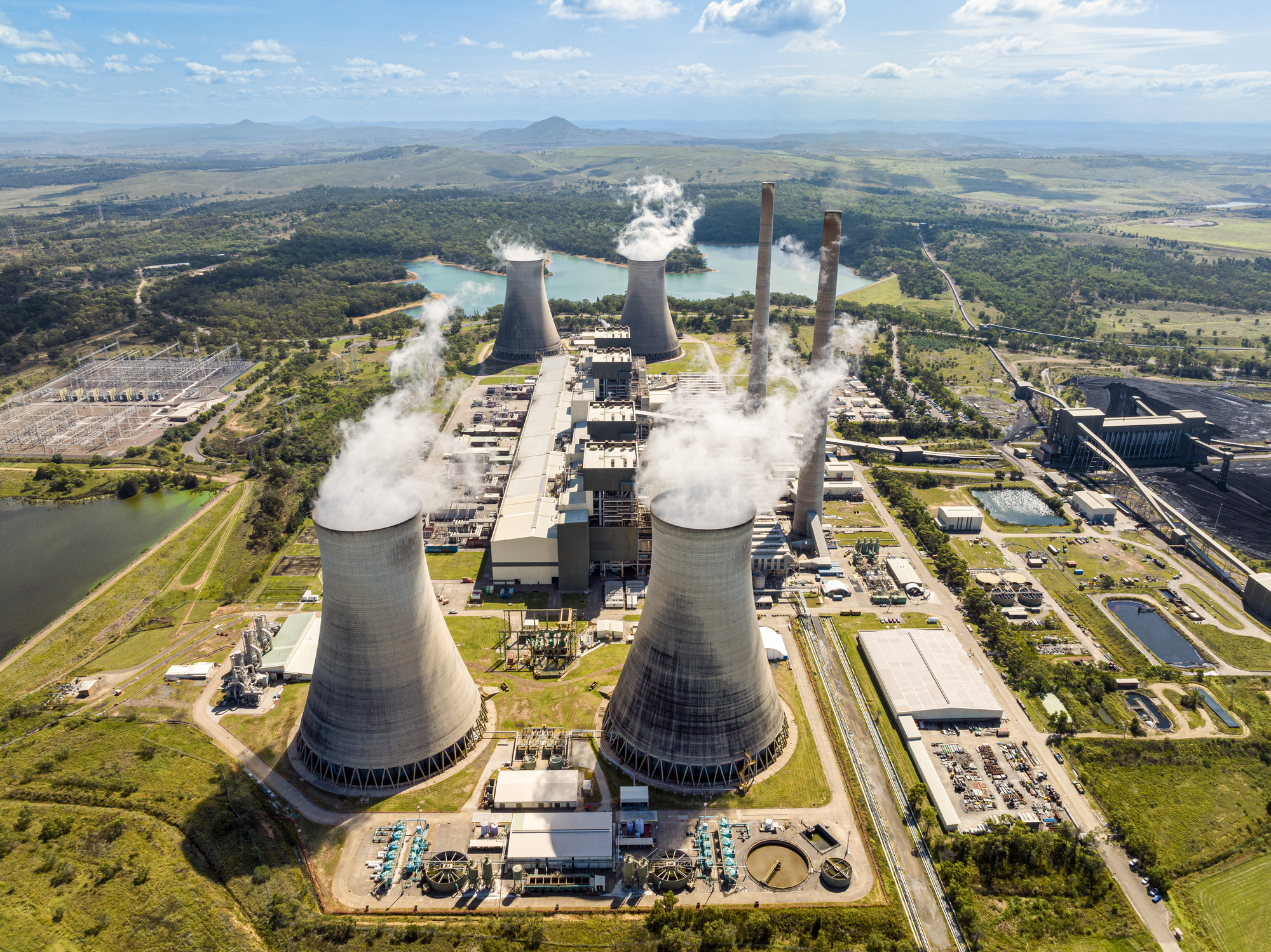
Next Steps: TRC Can Help
This rulemaking is advancing rapidly and will likely be a campaign issue for both parties in 2024. EPA has provided significant supporting documentation covering each aspect of the rule to proactively address anticipated challenges from the public and the courts.
TRC’s Air Consulting group, together with our Climate Solutions services team, have over 100 career engineers, scientists, and consultants available to provide support on any issue related to EGU regulatory compliance. TRC provides vast experience in utility site operations based on fossil fuel fired EGUs and has been active in carbon capture, utilization, storage/sequestration (CCUS) and related areas since the early days of enhanced oil recovery (EOR) and supports all stages of CCUS implementation. In addition, TRC is engaged by clients who are working toward the production of green and blue hydrogen.
Learn more about our services below or contact us to discuss your compliance needs.





